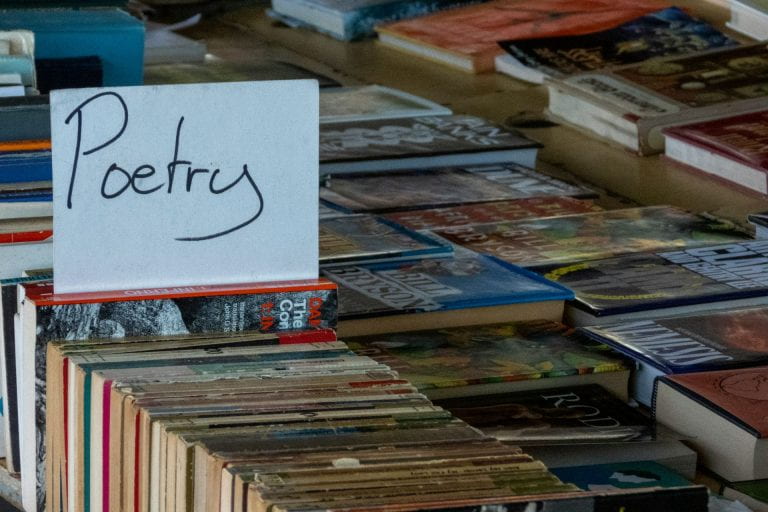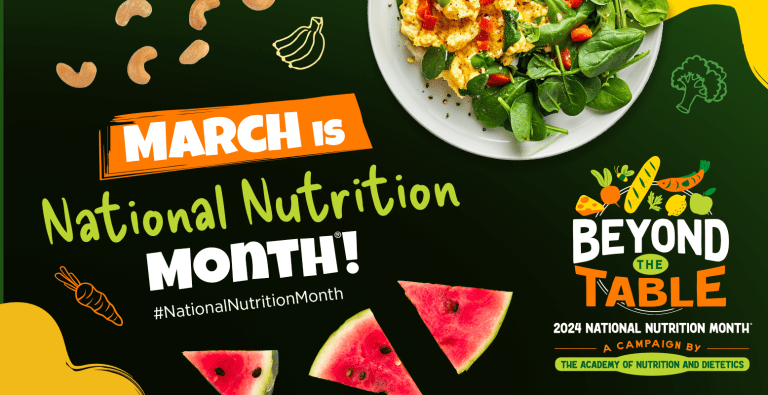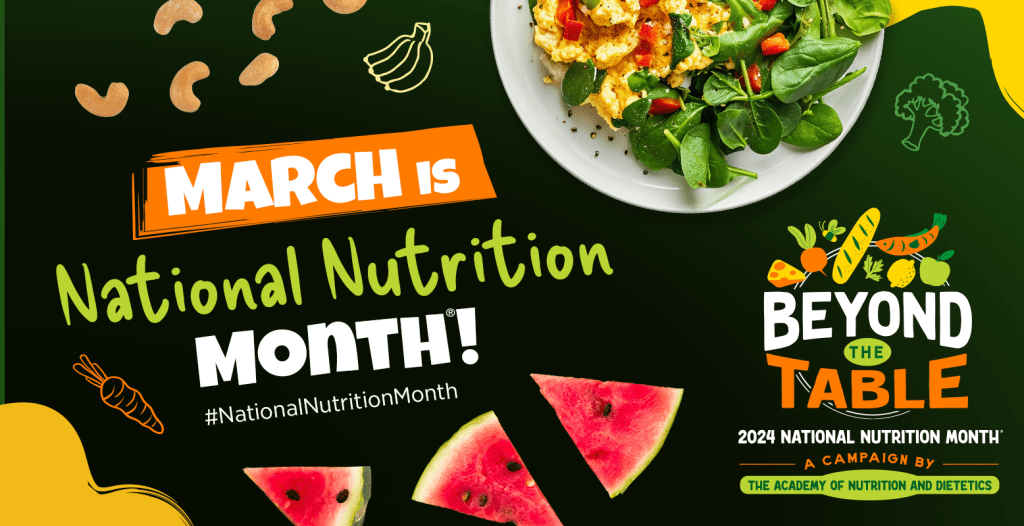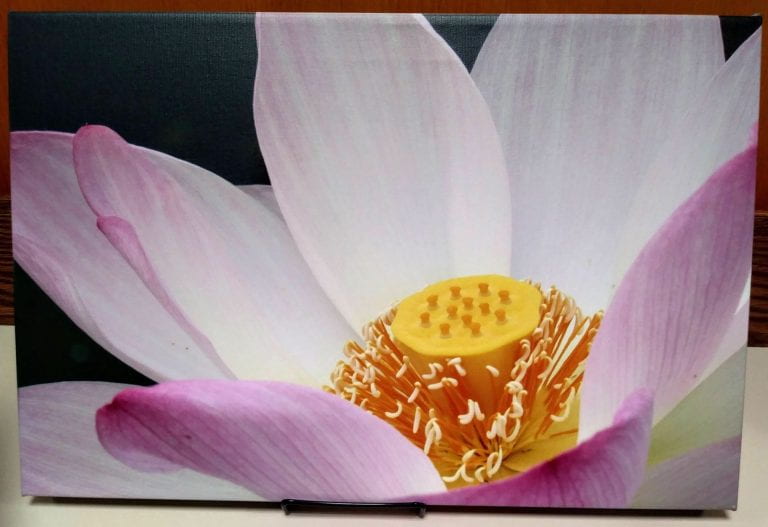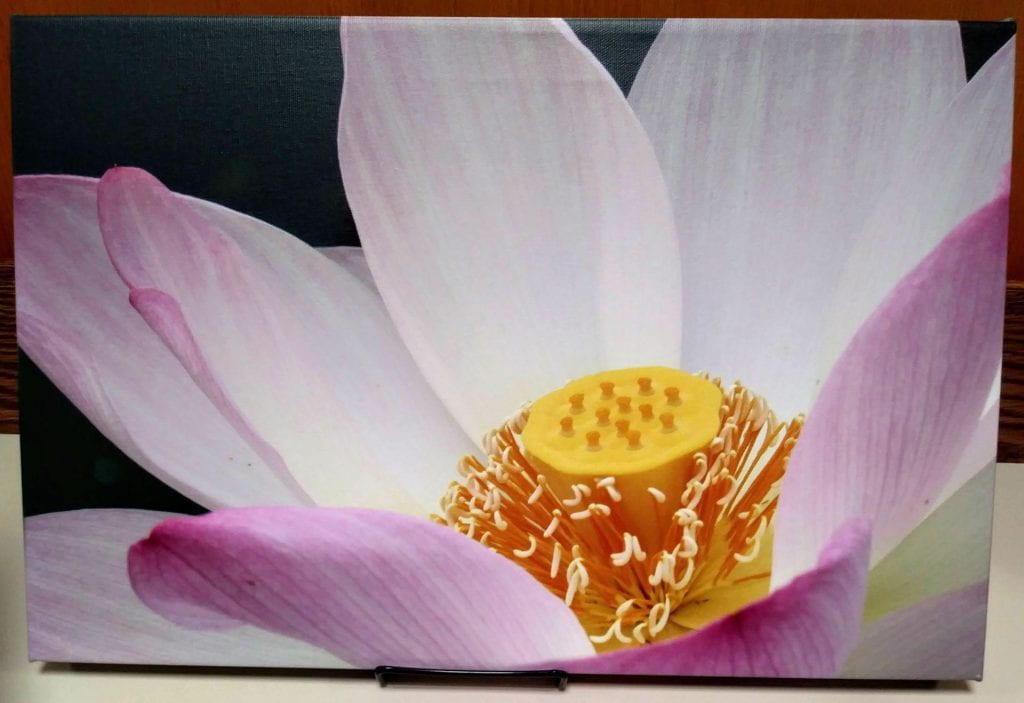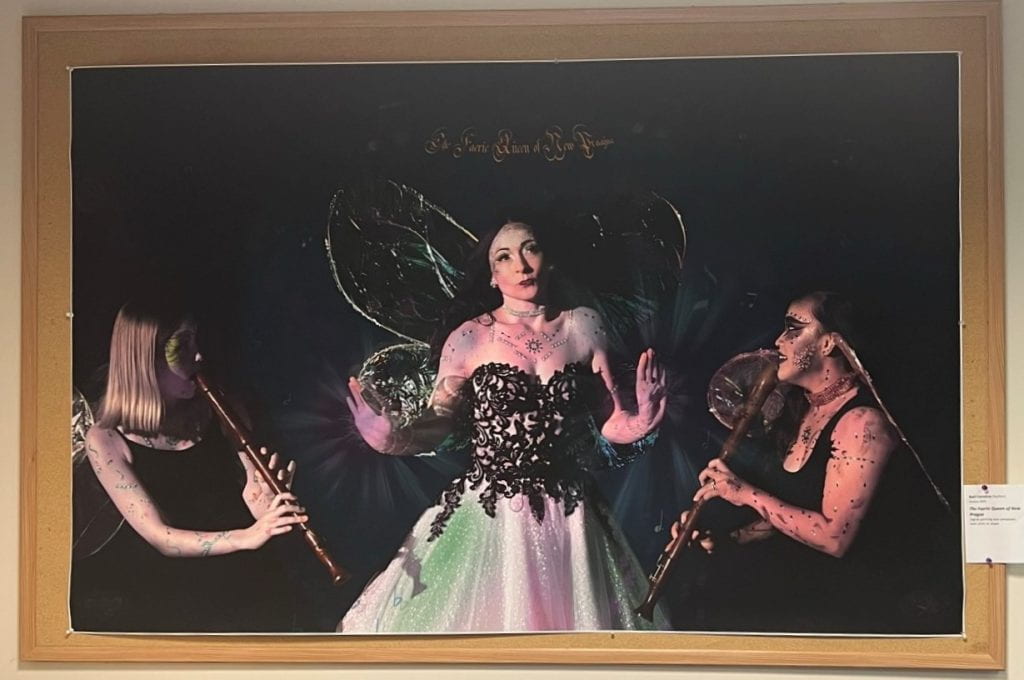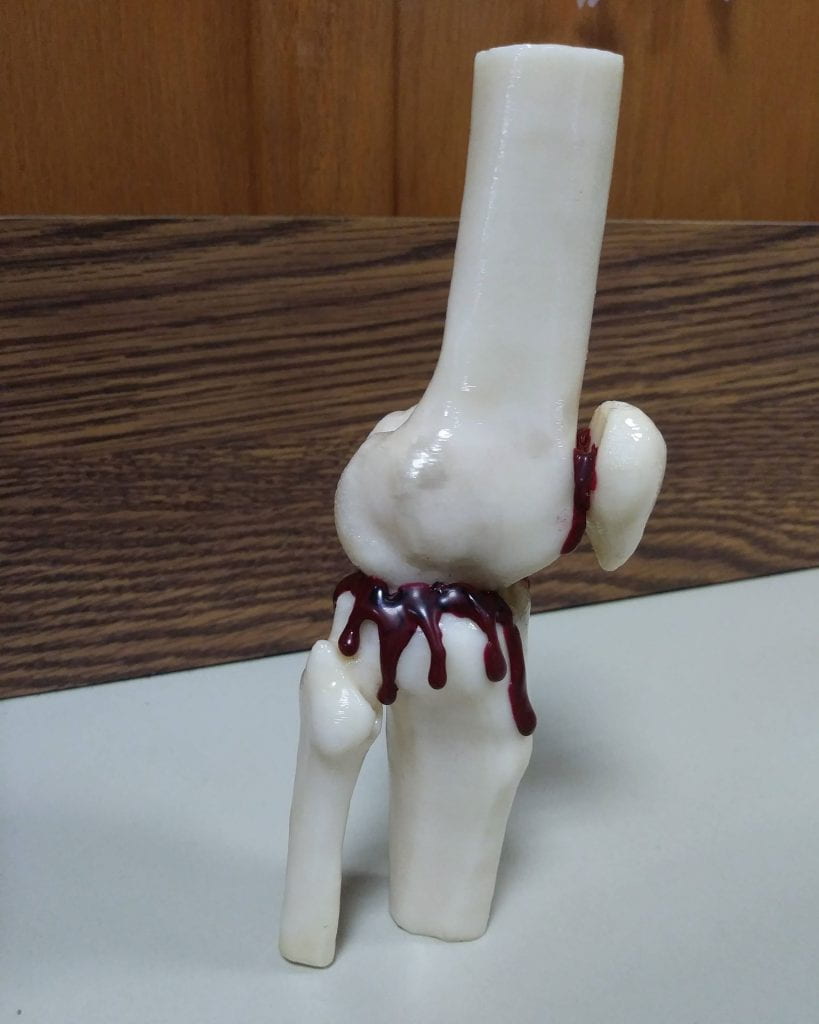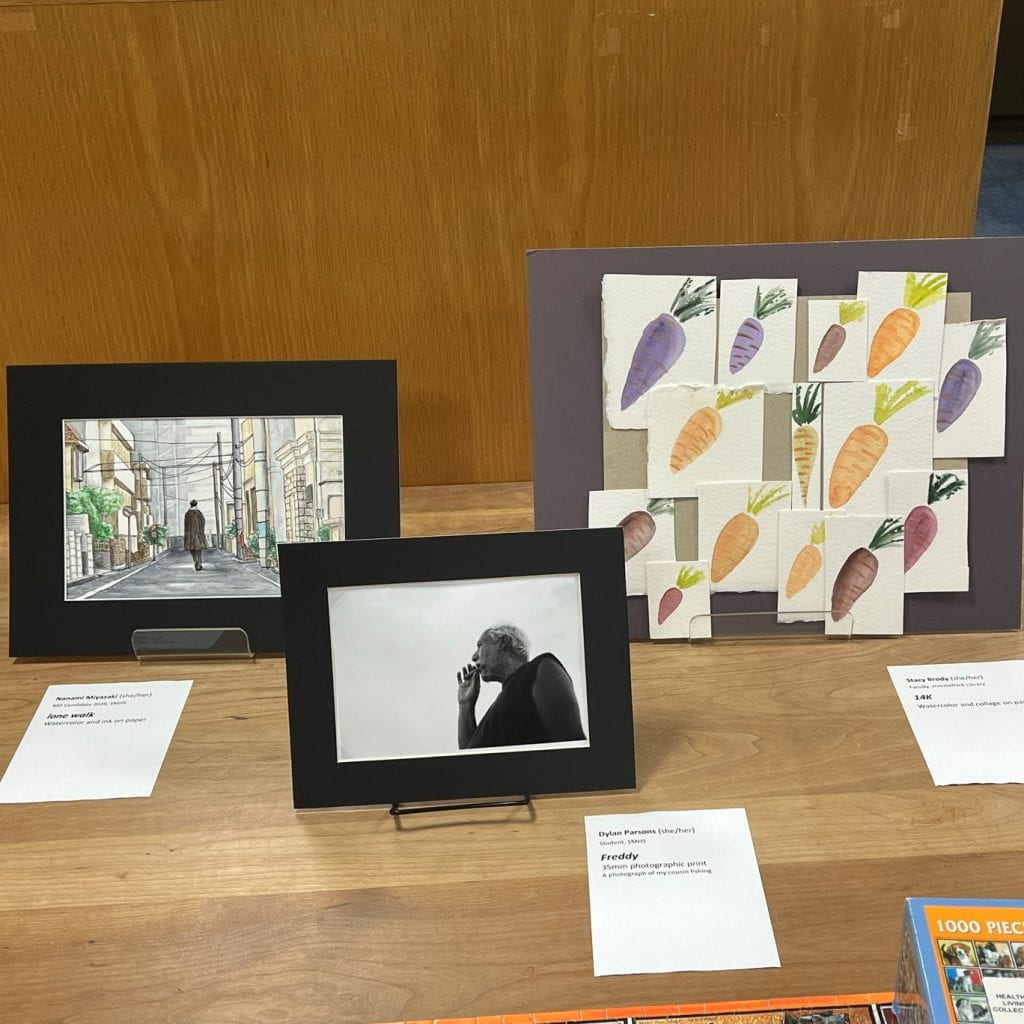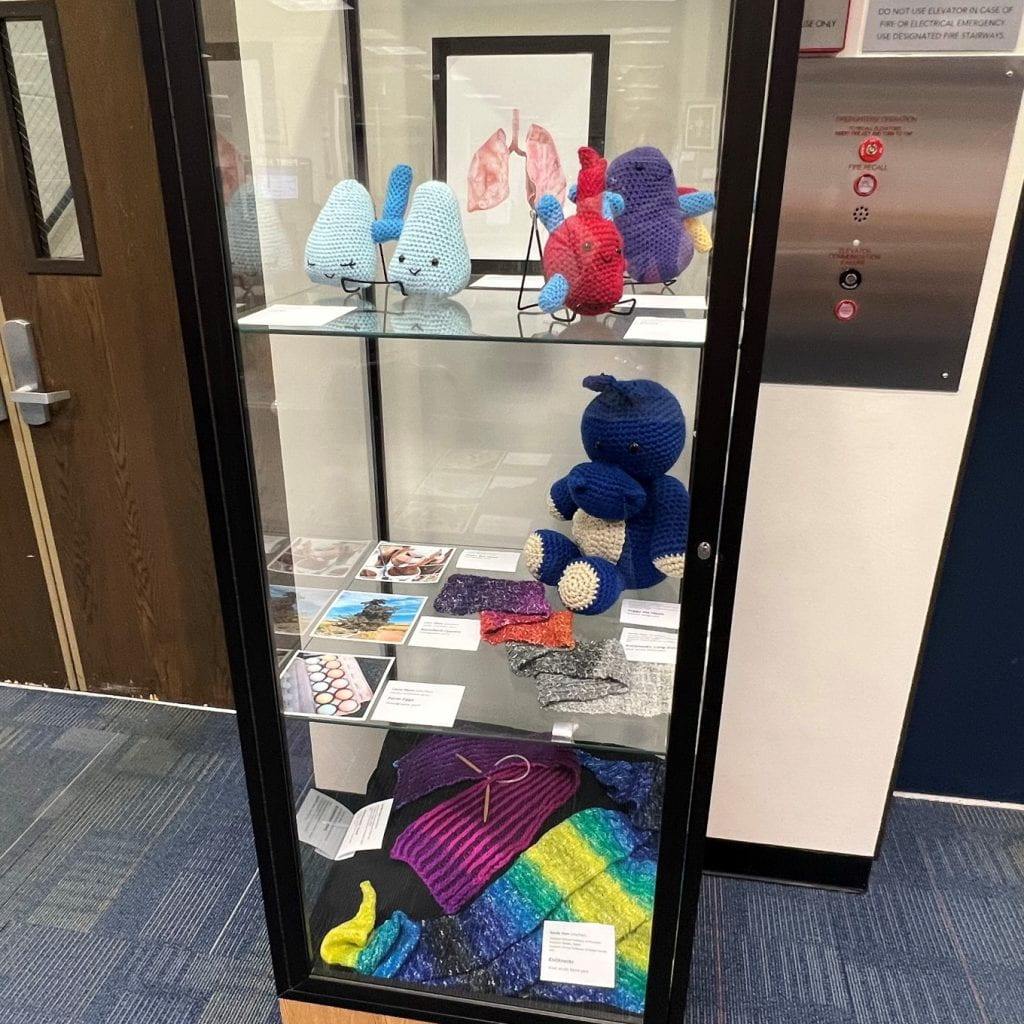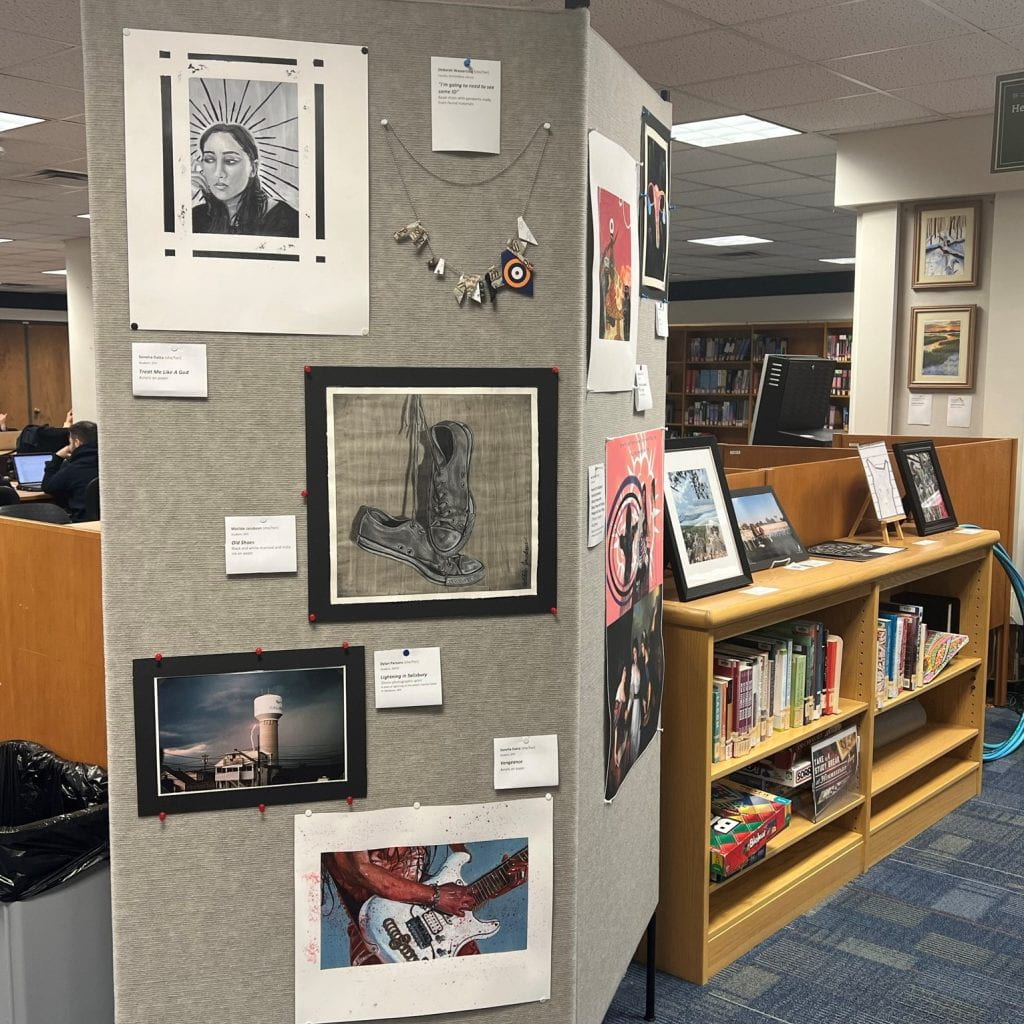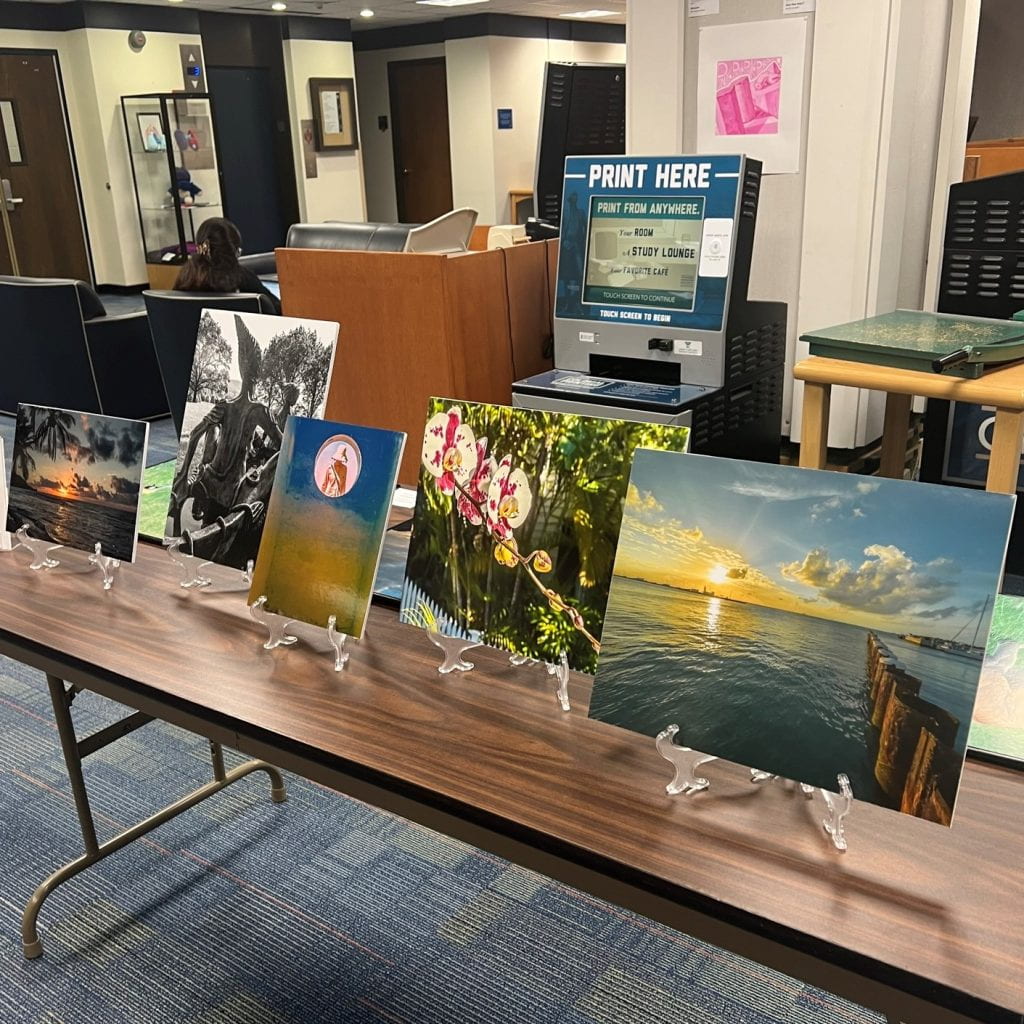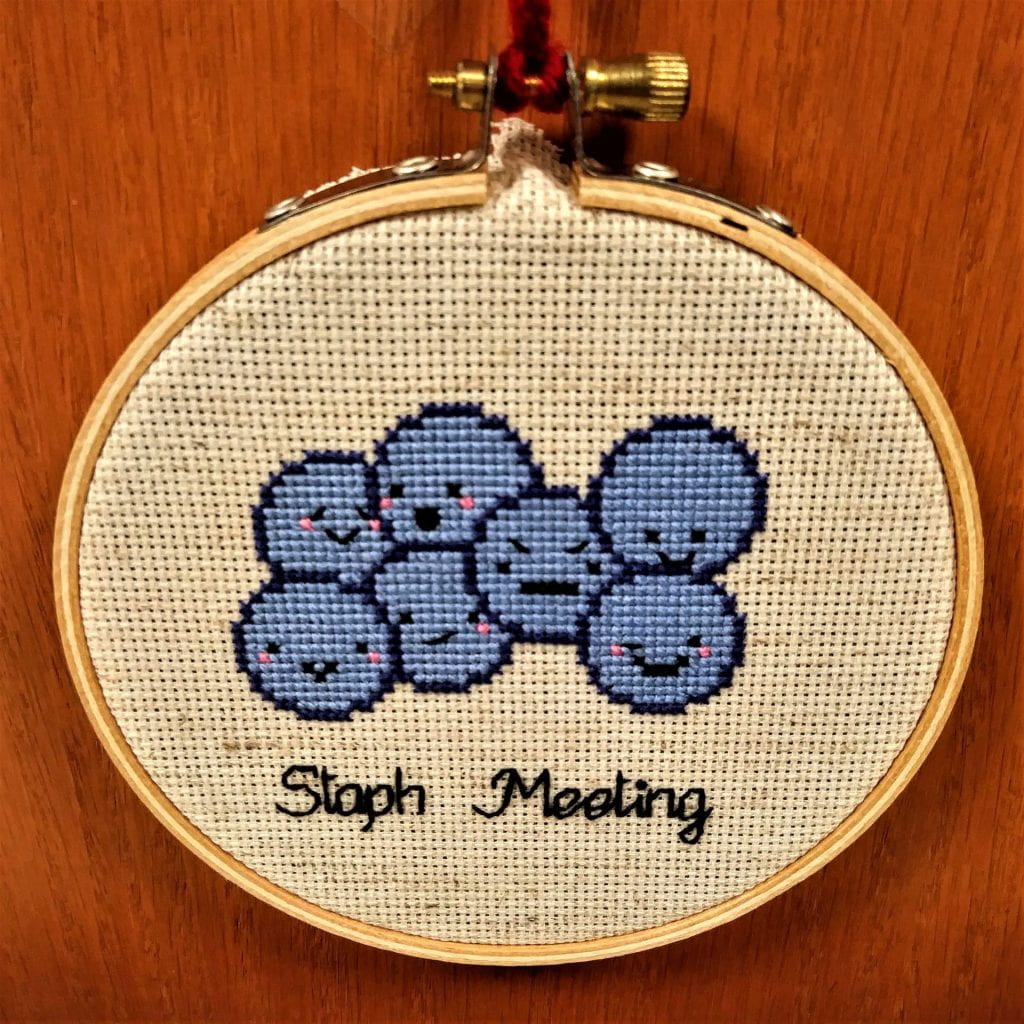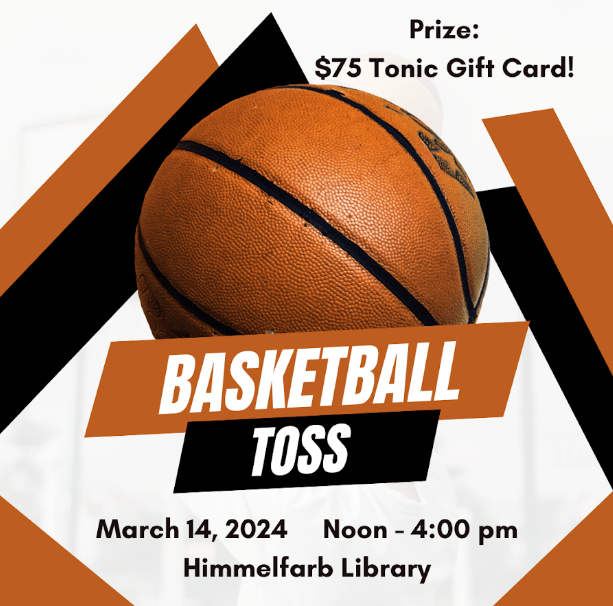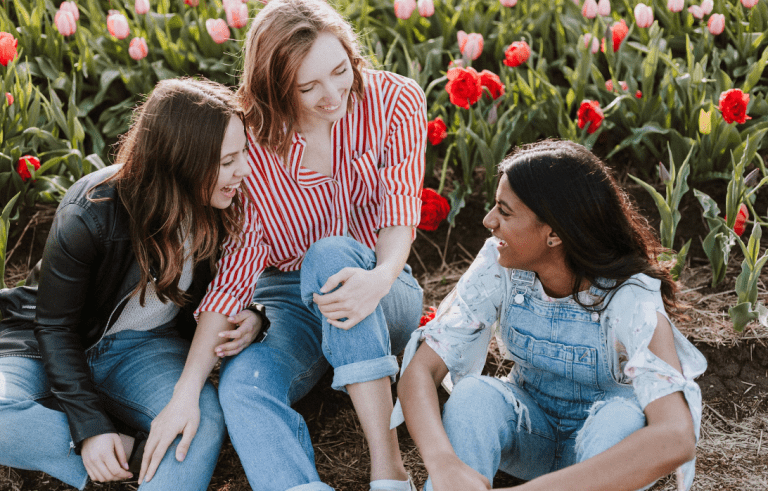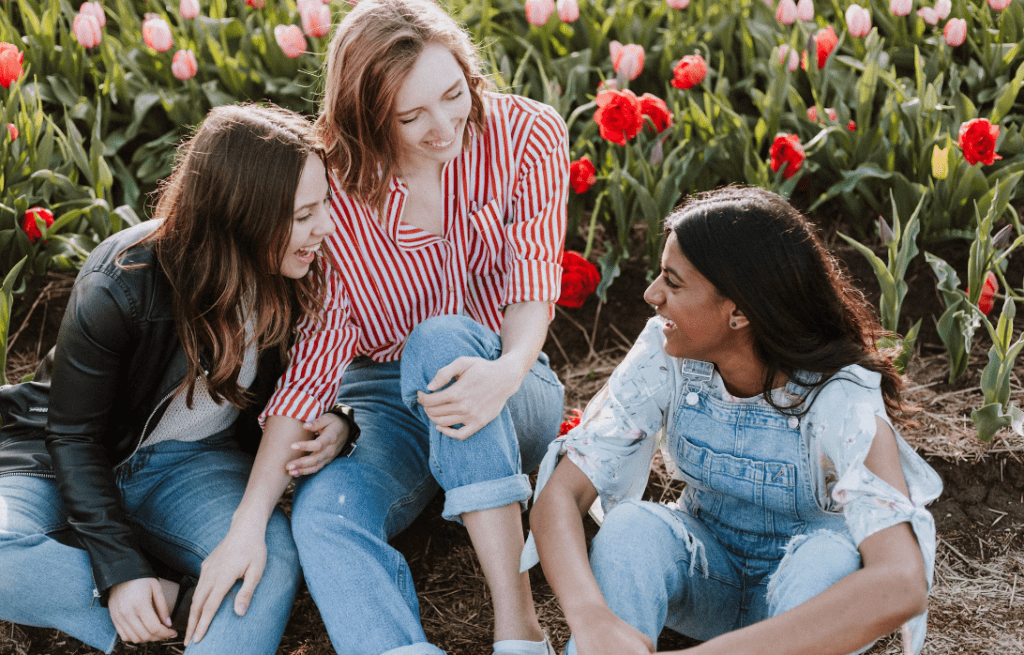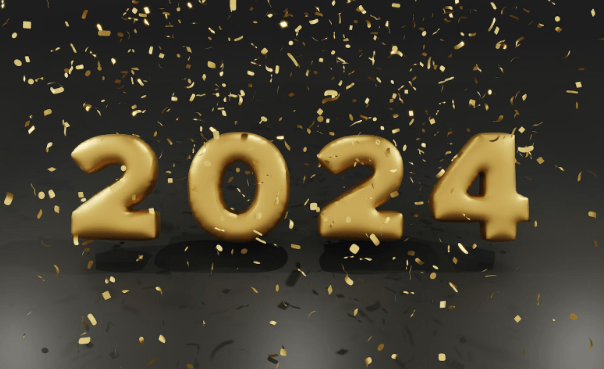If you haven’t yet seen the art show – you haven’t missed your chance! Stop by now through this Friday, May 10th to peruse the display of more than 40 unique items, OR, check out the digital submissions already archived online [fully digitization of physical items still upcoming].
Each piece has a story. To cap off the art show, we’ve curated a second collection of the artist’s in their own words. Enjoy!
Rachel Brill's "Dinah in Yellow Robe" [Acrylic Painting]

Dinah in Yellow Robe is my take on Henri Matisse's work, in particular Yellow Odalisque, which I saw at the Philadelphia Museum of Art. I love his use of bright colors and a mix of patterns. The unwilling model for this piece is my cat, Dinah.
Rachel Brill, Staff, Himmelfarb
Kenneth Schappelle's "Delhi at Dusk" [Photograph]

The day before Christmas, we were on our way to New Delhi, traveling down a rural highway from Rishikesh, which sits at the foot of the Himalayas. Rishikesh was a breath of fresh air with its blue skies and the sparkling Ganges River pouring out of the mountains. The closer we got to New Delhi, though, the thicker the smog became. As we approached the outskirts and the sun began to set, you could barely see it through the thick sky. It was disturbing and beautiful all at once.
Kenneth Schappelle, Staff, School of Nursing
Aparna Nanduru’s “Peacock in Repose” [Mixed Media]

Adding dimension came from adding multiple types of media into my art. This included using lead pencils, colored pencils, watercolor pencils, acrylic paint, and even white-out in the piece going from top to bottom. As a nature lover, I wanted to demonstrate the ability of these seemingly different art mediums coalescing together to represent diversity and coexistence seen in the environment around us.
Aparna Nanduru, Student, SMHS
Caitlan Davila’s “How to Outrun a Dinosaur” [Digital Artwork]

This drawing exists because I was being cheeky while working through two opposing systems (bronchoconstriction vs. bronchodilation). Why the dinosaurs? That’s the wrong question, my friend. The question is: why NOT dinosaurs?! Learning ought to be fun; working in subjects we like can make a real difference in retention.
Caitlan Davila, Student, SMHS
Ruth Bueter’s “Wingspan” [Photograph]

After finishing my Bachelor's Degree in Environmental Science and Parks and Recreation, I had an internship at Chiricahua National Monument in southeastern Arizona. It was an amazing experience! A couple of years later, I visited Chiricahua while driving to California. I went hiking on my favorite trail in the park one morning. As I turned a corner along the trail, I saw this Turkey Vulture stretching its wings on a rock outcropping. I was convinced the bird would fly away when it saw me, but it just stayed there watching me with its wings spread out. I managed to dig out my old first-generation digital point-and-shoot camera (with minimal zoom capacity) from my backpack and got some pictures. The bird and I stood there watching each other for 10 minutes. Eventually, I packed up my camera and continued on my hike. The Turkey Vulture was still there when I left. It is still one of the most amazing experiences I've ever had while hiking. And for it to have happened at Chiricahua, a place that has held a special place in my heart since my internship, made it even more memorable.
Ruth Bueter, Staff, Himmelfarb



















